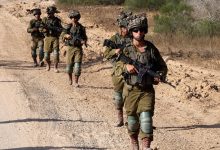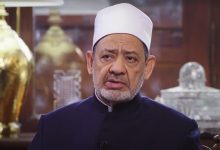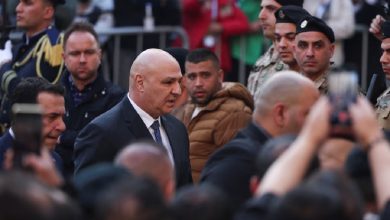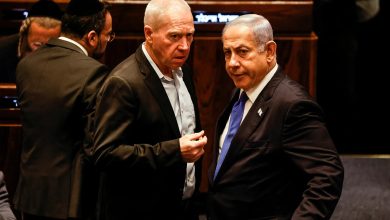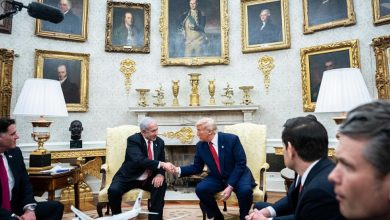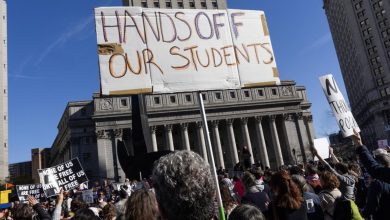Wael Eldahdouh Faces Critical Surgery to Save Right Hand: A Brave Journalist’s Struggle

Watan-Al Jazeera’s Qatari correspondent in Gaza, Wael Eldahdouh, appeared for the first time, speaking about the nature of his recent injury during an Israeli shelling. He mentioned that he suffered nerve damage affecting his right hand and that doctors informed him of the need for surgery to save and preserve it.
Wael Eldahdouh was injured, while his colleague, the photographer Samer Abu Daka, was martyred a few days ago during their coverage of an Israeli airstrike on a school in Khan Yunis, southern Gaza Strip. This incident occurred amidst pleas for the evacuation of the wounded trapped around the school.
Wael Eldahdouh Reveals Nature of His Injury for the First Time
The day after his injury, Eldahdouh, who lost his wife, daughter, son, and grandson in an Israeli airstrike on Khan Yunis in late October, returned to work, insisting on continuing his struggle and covering the crimes of the occupation.
In a special interview on Al Jazeera conducted by the presenter Ahmed Taha on Monday, Eldahdouh said that he feels he has become a part of what is happening.
The Al Jazeera correspondent and its Gaza bureau director explained that he was injured in the right hand and shoulder, as well as other parts of his body but to a lesser extent. He added, ‘Thank God the situation is better now.’
He revealed that one of the fragments hit the nerve responsible for hand and finger movement, stating that this requires a long time to heal and needs specialized surgeries that are not available in Gaza.
The courageous correspondent, Wael Eldahdouh, who has become an exemplary figure for journalists, continued, ‘There are efforts, perhaps, to find a place for treatment and try to preserve his hand so that it can continue to perform its duty.’
With an acceptance of God’s will, he added, ‘We are content with any results that God Almighty estimates. God is the one who pours patience upon us, ties our hearts, and provides us with energy that we sometimes cannot imagine.
Eldahdouh also mentioned that he decided, even while in the operating and emergency room, to return to work as soon as the necessary medical treatments were administered. He promised, as he stated in the evening hours, that he would be in front of the camera the next morning or in the afternoon, and this was achieved by the grace of God.
He revealed that he is still in the hospital because they are originally located in the Nasser Medical Complex and go to receive treatment at the specified times. In between these regular appointments, he is in front of the camera, carrying out his duties as the head of Al Jazeera’s team in the besieged sector.
He continued, ‘This is a must, even when I lost my family; I returned to my work after their burial.’
Elaborating further, he stated, ‘There are no other alternative options in Gaza. We, as displaced people, perform our duties despite this painful reality, and so do our families.’
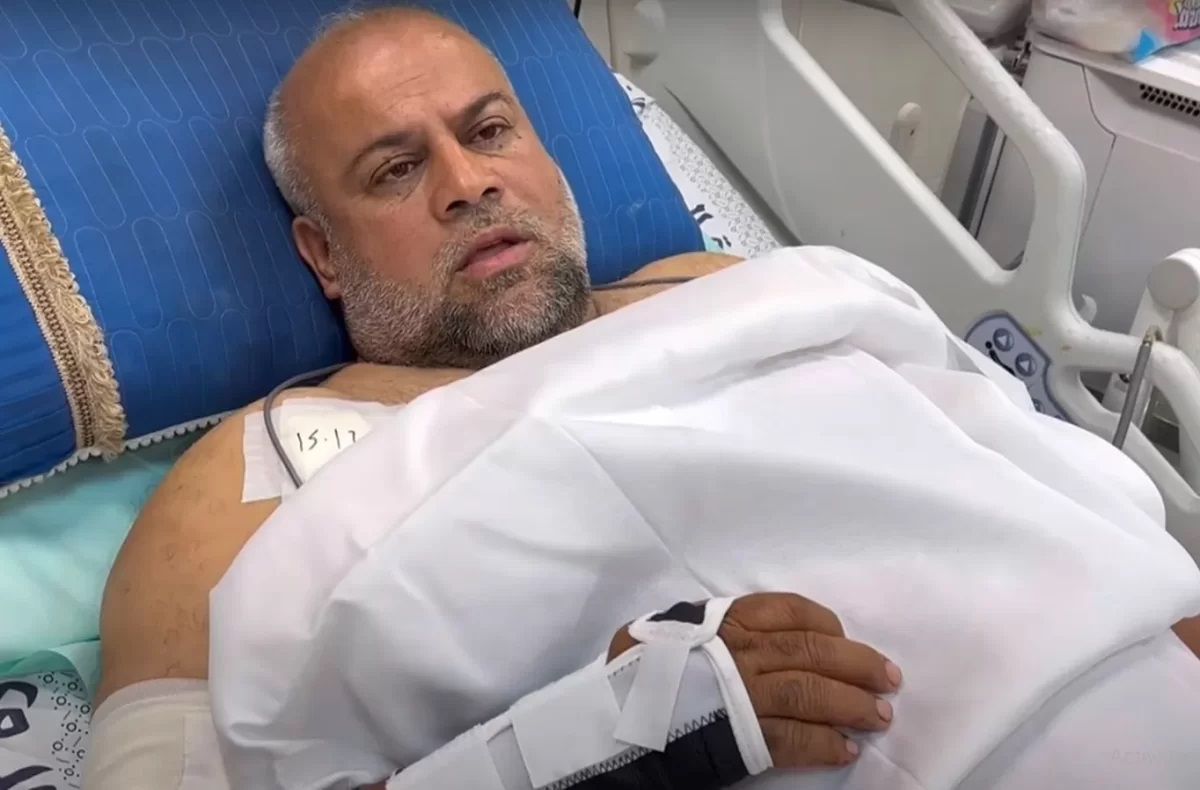
On Tuesday, U.S. Deputy Ambassador to the United Nations, Robert Wood, commented on the injury and killing of several journalists during their coverage of the war waged by Israel on Gaza. During a speech at a Security Council meeting, he stated that journalists in the region not only report what is happening on the ground but also suffer from it. He noted that some of them have lost dozens of family members.

